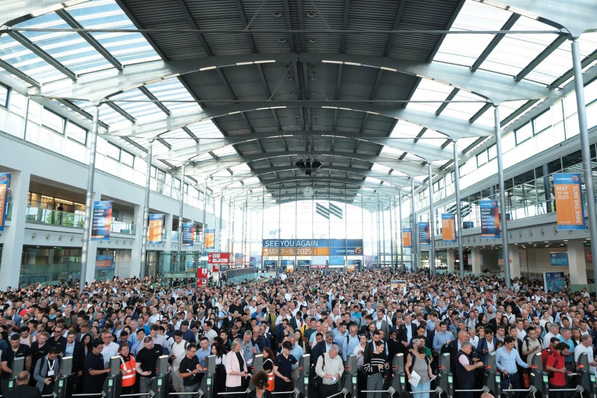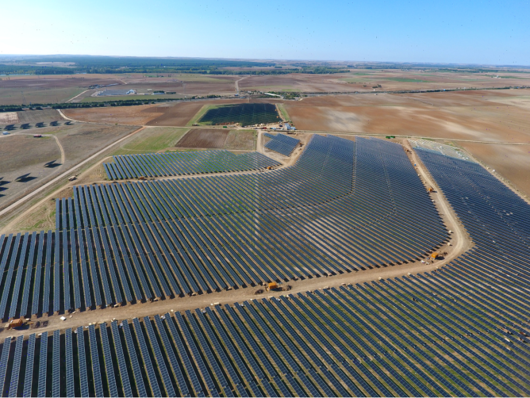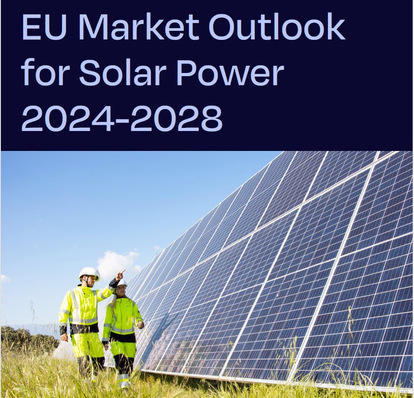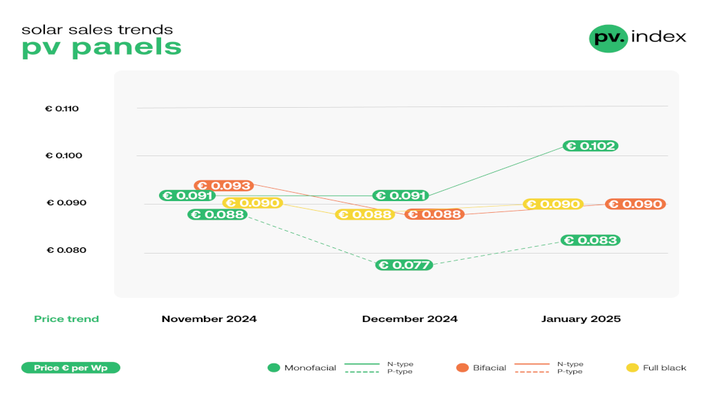How did 2015 turn out for Fronius’ solar segment?
Martin Hackl: For us, 2015 was an excellent year. We were able to get our messages out into the market. Our Snap Inverters were a complete success. We managed to raise our turnover by 80 per cent. During the entire year, we sold between 1.3 and 1.4 gigawatts’ worth of inverter capacity. We are proud of that.
Which were the deciding factors for this success?
Our vision of 24 hours of sunshine, which we had in common with our technicians and partners, has been very inspiring. With our Snap Inverters, we were able to show that it is possible to integrate many useful functions into an inverter, such as for communication or for energy management. Add to that, that our concept of one platform for all Snap Inverters has paid off. If you know one, you know them all.
How many service partners does Fronius have at the moment?
Globally there are 3,100 service partners. 240 contractors are involved in the closer form of cooperation called Service Partner Plus.
Which markets contributed the most to your growth?
By now, the US is our largest single market. Overall, Europe and the US are about equal in size. That is of strategic importance to us, because they are separate economies with different currencies. That minimises the risk to us. In the US we are also very strong in installations for residential and commercial uses.
Which European markets are important?
Although the situation in the German market has been difficult, we managed to achieve fantastic growth. The UK is very strong, but future developments are a bit worrying. In the medium term, the UK market will remain interesting for us, because it will undergo an increasing transition from solar parks to self-consumption. That works in our favour, as our inverters are specifically designed for intelligent supply concepts. In the UK we are facing a market consolidation, but I am sure that the transition will have been completed by 2017 and then the situation will start to pick up again. And European industry is better at supplying the European markets rather than the Asian one. There China has the upper hand, because it is all about mass production and prices, about the grid’s large-scale solar parks.
What are the prospects for the PV segment in 2016?
We are planning to grow it by 25 per cent. At the end of 2015, we had such a backlog of orders for the first quarter, that this goal may have been too conservative. We look forward to finding out how the markets will actually develop. Europe looks good, north America as well. In Europe growth is mostly driven by demand for storage solutions.
Which European countries are or could become interesting?
We are particularly focusing on smaller growth markets: Sweden and Scandinavia, which we are administering through Fronius Denmark. As of January we now have a subsidiary in Poland, a market that has also done surprisingly well. Our subsidiary in the Netherlands is responsible for the Low Countries, yet another growing shoot. The market in the Netherlands has done very well. Prices for electricity could rise in Belgium which is always good for PV. Italy continues to be strong.
The interview was conducted by Heiko Schwarzburger.
Read more:
Part Two: “We will do more to adapt our units to self-consumption and zero feed-in, for example”







